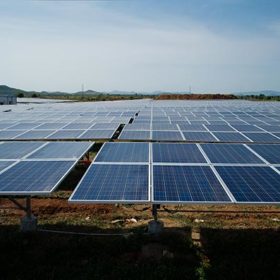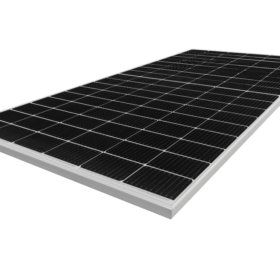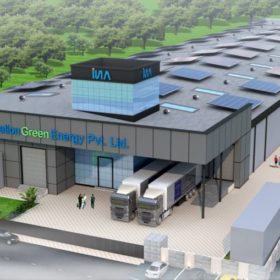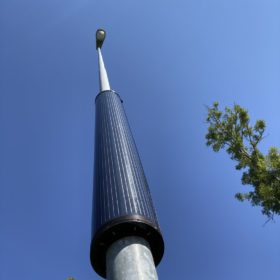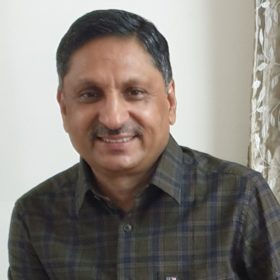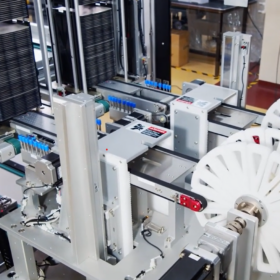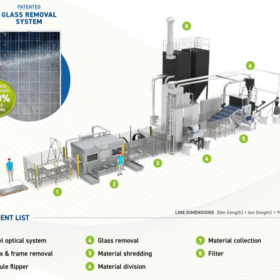SECI extends bidding for 100 MW solar in Chhattisgarh
Bidders now have until September 24 to lodge their interest in engineering, procurement, and construction of a 100 MW solar project. The responsibility for the land arrangement lies with the installer.
C4V signs 1.16 GWh lithium battery cell supply deal with Omega Seiki
The New York-headquartered technology provider will supply over 1.16 gigawatt-hours (GWh) of its lithium-ion battery cells to power India-based Omega Seiki’s lineup of electric vehicles. The cells, assembled into batteries, will be delivered over the next five years.
JA Solar, JinkoSolar, Longi reach consensus on 182mm module standardization
The three Chinese panel manufacturers found an agreement on the module size and the mounting hole spacing.
JinkoSolar’s n-type TOPCon cell achieves 24.58% efficiency via hydrogenation treatment
The Chinese manufacturer and the University of New South Wales (UNSW) have improved the average cell efficiency by 0.68% through a post-cell hydrogenation process. The cell’s average open-circuit voltage increased by 7 mV from 696 to 703 mV, and the average fill factor from 82.03% to 83.07%.
Indian solar manufacturer to expand panel capacity to 700 MW
Insolation Energy director Vikas Jain told pv magazine about their plans to expand solar panel manufacturing capacity to 700 MW with the addition of a 500 MW facility. The new facility would be equipped to produce poly, mono, mono PERC, and bifacial panels with individual panel output up to 600 Wp.
NHPC tenders 45 MW solar EPC in Uttar Pradesh
Bidders have until October 22 to lodge their interest to set up the 45 MW grid-connected solar project in the Mirzapur Jagir village of the Jalaun district.
Cylindrical solar panel for street lighting
Developed by an Italian manufacturer, the panel is available in three versions with a power output of 100, 120, and 240 W and has a weight of 5 kg. It is encapsulated in thermoformable plastic technical polymers and can be connected in series with other modules around the same post.
The long read: The untapped potential of hybrid EVs
The electric vehicle conversation is dominated by all-electric options, and sales figures back up the shift from the age of the Prius to the age of Tesla. However, the timeline for the Global South is very different and hybrid EVs are better than ever. Hybrid EVs shouldn’t be considered a legacy technology, and may be greatly significant for their role in the path to decarbonization, explains Gautham Ram, assistant professor at TU Delft.
Hydromet to set up lithium-ion battery recycling plant in Gujarat
The Gujarat-based extractive metallurgy technology solutions provider will set up a 1,000 tonnes per annum (TPA) lithium-ion battery recycling plant, primarily based on the hydrometallurgy process developed in-house. It plans two more such facilities, taking the overall capacity to 10,000 TPA.
ReNew Power commissions 250 MW solar project in Rajasthan
The solar project, located in the Jaisalmer district of Rajasthan, benefits from a 25-year power purchase agreement with the Solar Energy Corporation of India. It shall supply the electricity generated to the state of Bihar at a tariff of INR 2.55/kWh (US$ 0.035).
